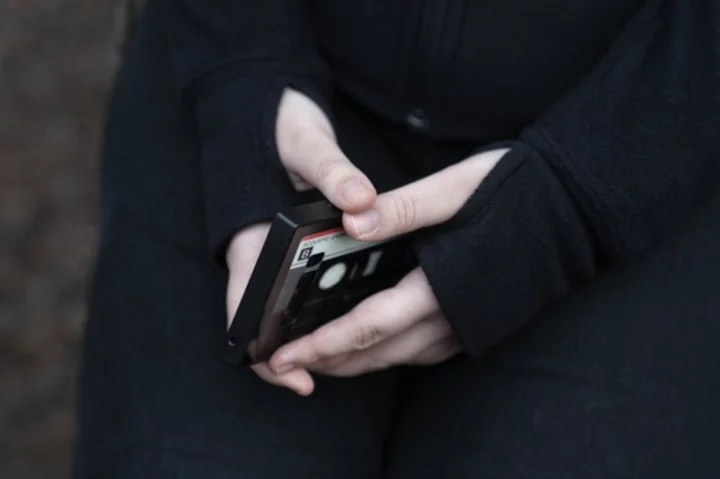LOS ANGELES, CALIFORNIA: A resourceful Miami doctor reformulated the world's first topical gene therapy drug formulation to work in eye drops — a innovation that helped a 14-year-old, who had been blind for most of his life, to see again. The drug formulation had recently been licensed as a topical gel to be used on skin lesions brought on by a rare illness that leaves behind severe wounds and scar tissue, occasionally causing fingers and toes to fuse together.
The eye condition, that the Miami doctor cured, is the result of the accumulation of scar tissue on the eyes. It is a member of a wider class of extremely uncommon diseases known as epidermolysis bullosa (EB), which affects around one kid in 50,000.
What is Epidermolysis Bullosa?
A series of uncommon illnesses known as epidermolysis bullosa (EB) make the skin prone to blistering. The skin is so delicate that it blisters. Usually, the delicate skin is visible upon birth. Blisters and open sores can develop on the skin after a hug, loving back rub, or diaper change. In the wet tissue that borders the mouth, throat, stomach, intestines, rectum, and other parts of the body, some kids get blisters. Blisters can develop in these places as a result of the friction brought on by swallowing food or going to the bathroom, as reported by AAD.
Who is Antonio Vento Carvajal?
Antonio Vento Carvajal is the teen patient who was cured. He was born with dystrophic epidermolysis bullosa, characterized by defects in the gene that makes collagen 7, a protein that keeps the layers of skin together. His corneas had developed scarring over the years, making his eyesight so bad that he did not feel secure moving around.
Carvajal took part in a successful clinical trial investigating a topical gel for EB-related skin lesions. The gel that employed a deactivated herpes virus to deliver functional copies of a collagen-producing gene might be reconfigured as eye drops, according to his doctor Alfonso Sabater, who was encouraged by Antonio's development. And he was correct.
The patient's eyes healed following the most recent operation, and with the assistance of the drops. One of the main types of epidermolysis bullosa is impaired formation of collagen produced by the COL7A1 gene, known as dystrophic epidermolysis bullosa (DEB). Around 3,000 people worldwide possess it.
The anchoring fibrils, or unique structures in the skin and other tissues, are made of collagen and serve as a strong adhesive to keep the dermis, the layer below the epidermis, and the two layers of skin together.
The connection between the two layers of skin weakens without a completely functional COL7A1 gene, making them extremely delicate to the point where even the least amount of contact can result in blisters and open sores that are susceptible to infection.
The cornea, the transparent portion of the eyeball, contains the same anchoring fibrils that are found in the skin. The essential connective tissue between the layers of the cornea is also absent in people with DEB who have a defective collagen-producing gene, increasing the likelihood of severe abrasions and the formation of scar tissue, as reported by DailyMail.
Carvajal was enrolled in a clinical trial for the therapy known as 'Vyjuvek'
Carvajal was enrolled in a clinical trial for the therapy known as Vyjuvek, which uses an inactivated version of a herpes-simplex virus to deliver working copies of that gene to the patient's body. He traveled to the United States from Cuba with his family in 2012 on a special visa to receive treatment for the rare disorder.
In order to deliver therapeutic genes to the patient's cells, they employed an inactive herpes-simplex virus type 1 (HSV-1) as the viral vector since it has more room on its genome than other vectors to transport big DNA sequences. The efficiency with which HSV delivers its genetic material to cells is likewise quite excellent. Surgery after surgery to remove the accumulation of scar tissue on the teen's eyes and partially restore his eyesight had failed, with the tissue constantly regrowing. This was until he was cured after using the aforementioned reformulated eye drops.









